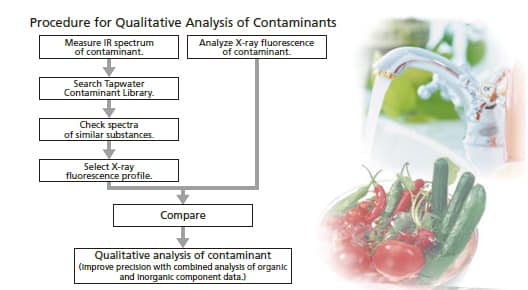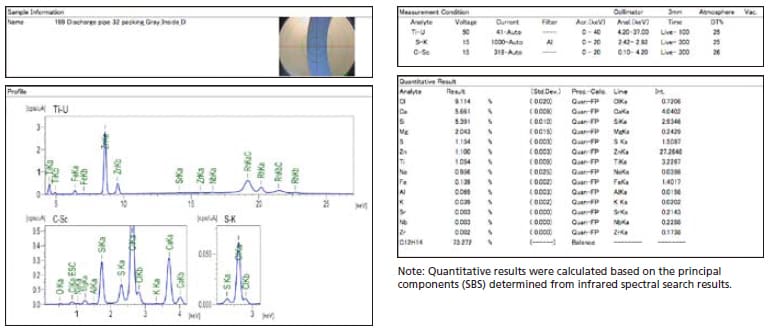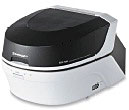Inquiries from organizations involved in public water supply systems reflect a wide range of issues, such as objectionable mold, chlorine, or other tastes or odors; trihalomethane or other environmental pollutants; or the inclusion of other contaminants. Possible substances causing contamination of and include the various rubber and metal gaskets, packings, and sealing materials used in public water systems, minerals, and microorganisms. A major cause of contaminants is the aging, servicing, or installation of revolves around infrastructure as well as the fixtures and other equipment involved in delivering the water. While eliminating these causes is difficult, identifying the contaminants as quickly as possible helps to ease the concerns of users. Infrared spectrometry and X-ray fluorescence spectrometry provide an effective way to identify contaminants. The Tapwater contaminant system is a comprehensive search system that incorporates both techniques.

The following shows an example of infrared spectral search results and qualitative/quantitative EDX information for matching substances in search results. The contaminant was discovered in a public water system. The Tapwater Contaminant Library was utilized to determine the contaminant and corresponding profile.





